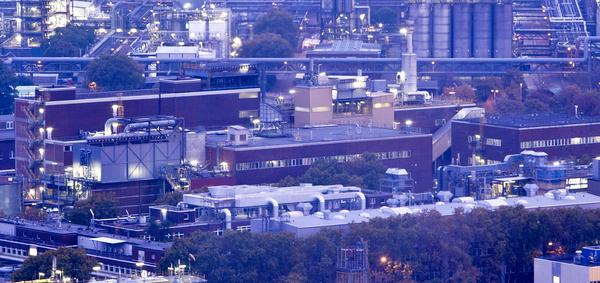Today it is impossible to imagine the world of engineering plastics, extrusion and fiber polymers without caprolactam and its downstream products. Applications range from transparent and flexible food packaging and fishing lines through to lightweight components for cars. In these days, one of the oldest caprolactam plants celebrates its 50th anniversary at BASF in Ludwigshafen.
BASF has been producing caprolactam using a large-scale continuous process at Ludwigshafen for half a century now. During this time around 6.5 million tons of the polyamide 6 intermediate have left the site. “We have constantly improved the production process and expanded the capacity during continuous operation over the past 50 years without major total plant shutdowns. This demonstrates the strong competence of the production team and the advantage of operating a highly complex technology within an integrated structure (Verbund)”, comments Hermann Althoff, Senior Vice President of the global business unit Polyamide and Intermediates. With two more plants at Antwerp, Belgium, and Freeport Texas, USA, and a total production capacity of 800,000 tons per year, BASF today is the world’s largest manufacturer of caprolactam.
A piece of BASF history
The history of caprolactam and the history of BASF are closely intertwined because caprolactam is the starting material for polyamide 6 (PA 6), also known by the trade name Ultramid. The industrial production of caprolactam paved the way for BASF to become one of the leading manufacturers of polyamides today and is the backbone of the polyamide 6 value chain within the BASF Verbund.
As far back as 1939 when BASF first produced polyamide 6, it was clear what potential this plastic had: it was firmer, tougher and more resistant than any of the previous thermoplastics. That same year, the first caprolactam pilot plant was therefore built at the Ludwigshafen site.
With the beginning of the plastics age in the fifties, demand for the raw material took off. As a result, the plant at Ludwigshafen, today celebrating its anniversary, came on line in November 1961. This was followed only one year later by another plant at Freeport; 1967 saw the start of industrial production at Antwerp.
Share:







